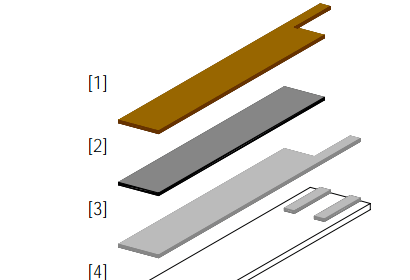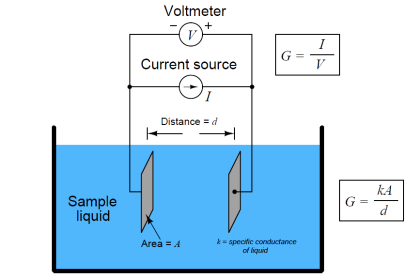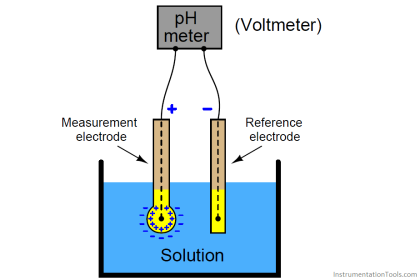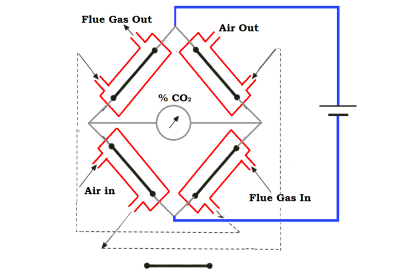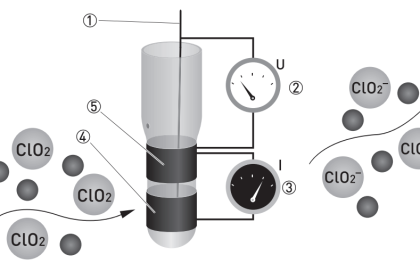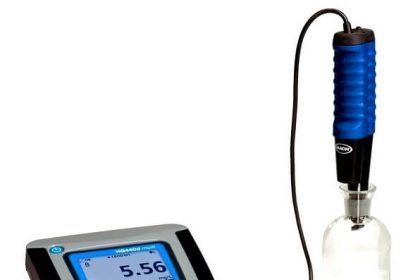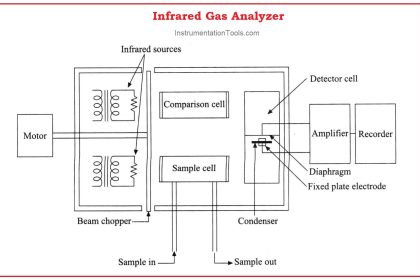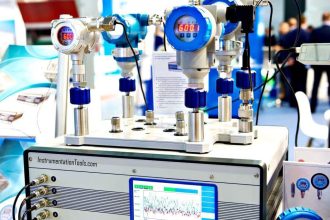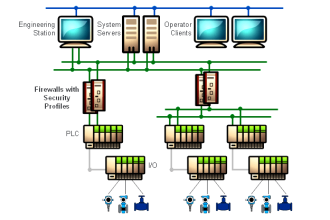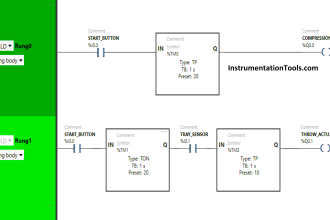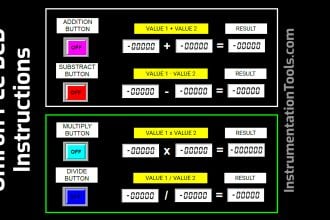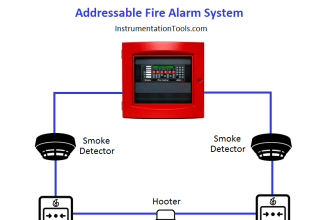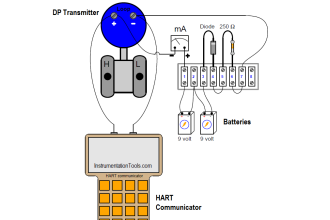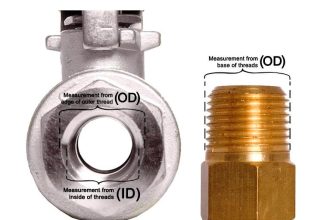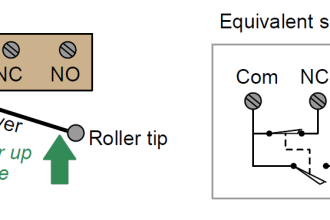Silica analyzer is widely used in water treatment plants as well as Captive Power Plants to know the quality of water. High silica content in water can cause scaling on parts of the turbine as well as piping too.
Today we will study the common problems and troubleshooting steps for the silica analyzer.
Silica Analyzer Problems and Troubleshooting
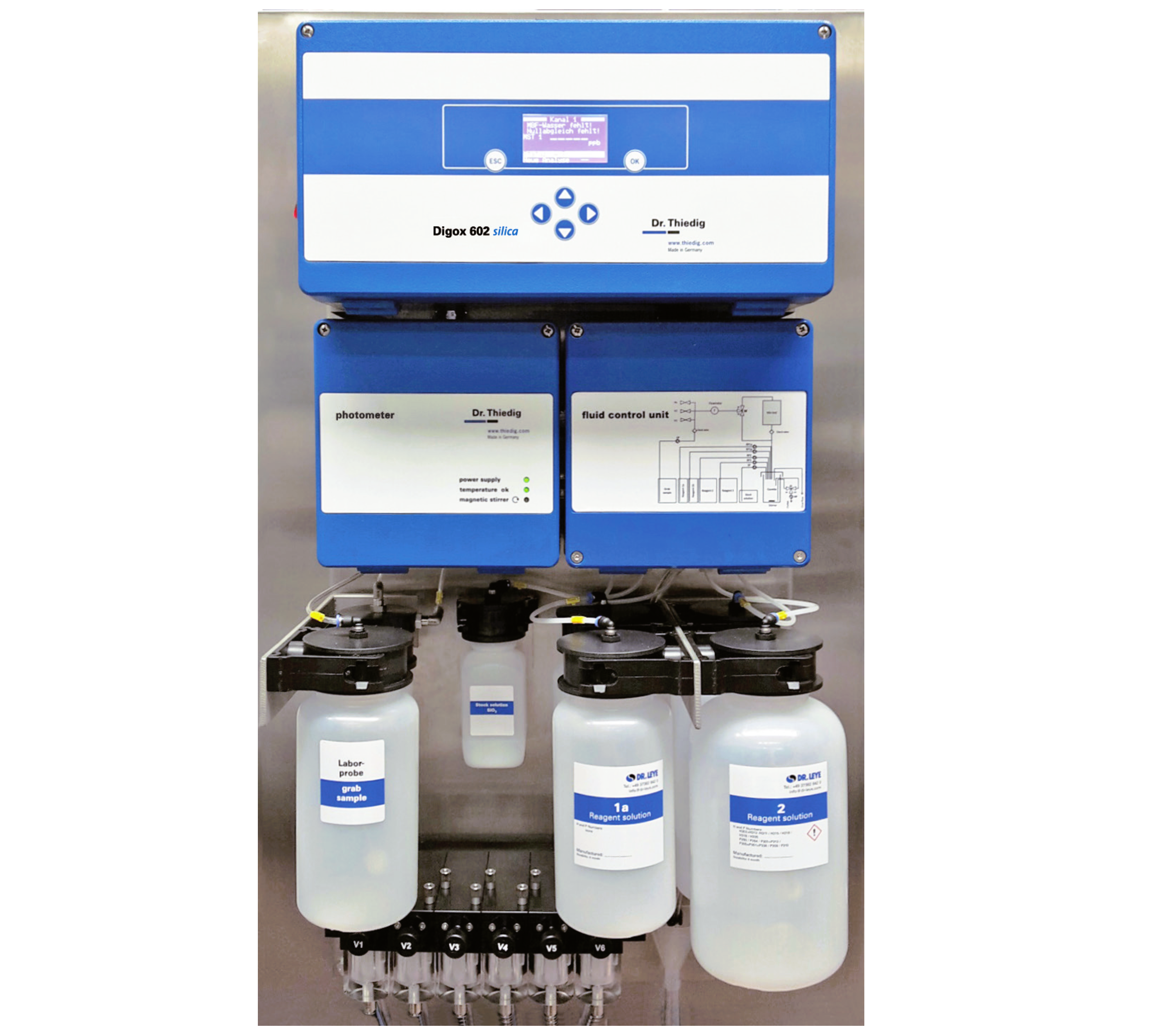
Follow the below-mentioned steps to troubleshoot the silica analyzer
- First, check whether the Silica analyzer is in ON condition or not. If found in off condition, then check the status of MCB for power supply. If found in trip condition, then check for the upstream power supply in coordination with the electrical team. Also, visually check all the internal parts in the panel of the silica analyzer for any issues. Turn ON the MCB. If the MCB trips again, then check all the connections. Check the condition of the fuse in downstream of the MCB. Replace the fuse if found in the blown condition.
- Check all the fuses’ status inside of the silica analyzer circuit boards. Replace the blown fuse if any are found.
- Check the barrier status in the marshaling cabinet which is used in an analog input loop.
- If the value mismatch is present between the field analyzer and control room, then verify the configured range at both ends. Confirm the range with the datasheet or any other standard document.
- Also, check the output mA range (4 mA to 20 mA or 0 mA to 20 mA). It must be configured correctly at both ends (field & control system).
- Check if any Logic force or value force is applied in the control system or not. If force is present, then remove the force after verifying the reason why the analyzer’s value was forced.
- Check all the internal tubing in the silica analyzer panel. If any leakage in tube fitting or punctured tube is there, then attend to the leakage.
- If the value is not varying in the field and remains constant at one value only, then check for the sample flow. Establish a proper sample flow if found disturbed. Many times, the sample tube gets choked. De-choking of the sample tube is required if the tube is found choked.
- Check the level of the reagents present in the canister. The level should be ok. If the level is low, then remove the existing reagent from the canister and refill the canister with new reagents after cleaning the canister properly.
- Do not mix the reagents; this is because both new and current reagents have a certain expiry date. If the old reagent’s expiry date is over, then again, we will face an issue in the analyzer. We must replace the expired reagents on a timely basis.
- Check for leakages in the reagent canister. Any leakage in the canister will cause the reagent pressure to drop which will stop the analyzer.
- If the value shown is not ok, then do a validation of the silica analyzer using a standard solution. The “grab sample” option is present for doing validation of the silica analyzer. If the response is not ok, then check the grab sample again. If still response is not ok, then do calibration of the silica analyzer. The recommendation is to check the grab sample for more than 1 time.
- Check the reagent pump’s flow through the transparent tube. If any of the tubes is choked then de-choke the tube using a syringe by flushing pure water. If the pump is not working then replace the pump.
- Check the sample solenoid valve status. Clean the solenoid valve and also check the coil resistance. Verify the healthiness of coil resistance. You can find its value in the vendor manual.
- Provide proper cooling to the analyzer if the temperature inside the analyzer cabinet is high.
- Visually check if any internal component of the circuit of the analyzer is damaged or not.
- You can use the diagnostics of the analyzer to identify the problem and follow the vendor-recommended troubleshooting tips to solve the issue.
